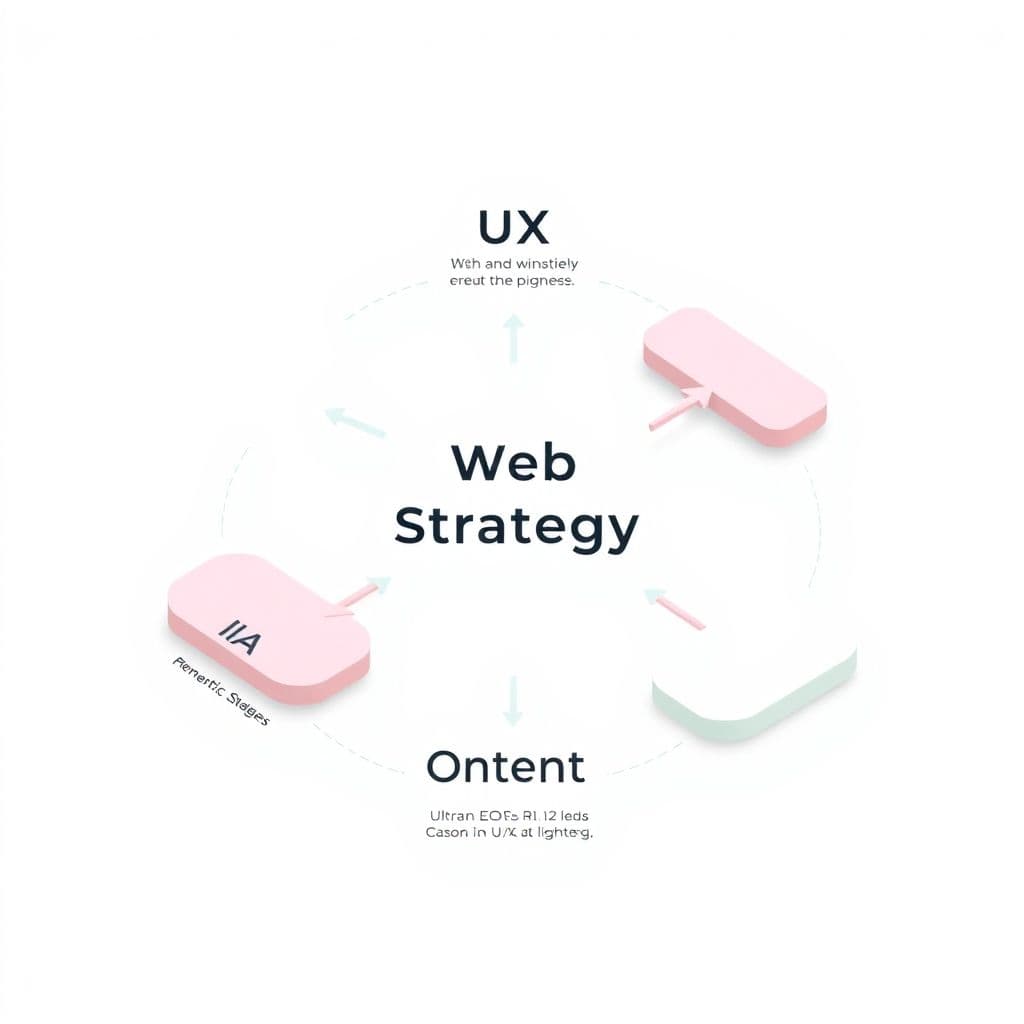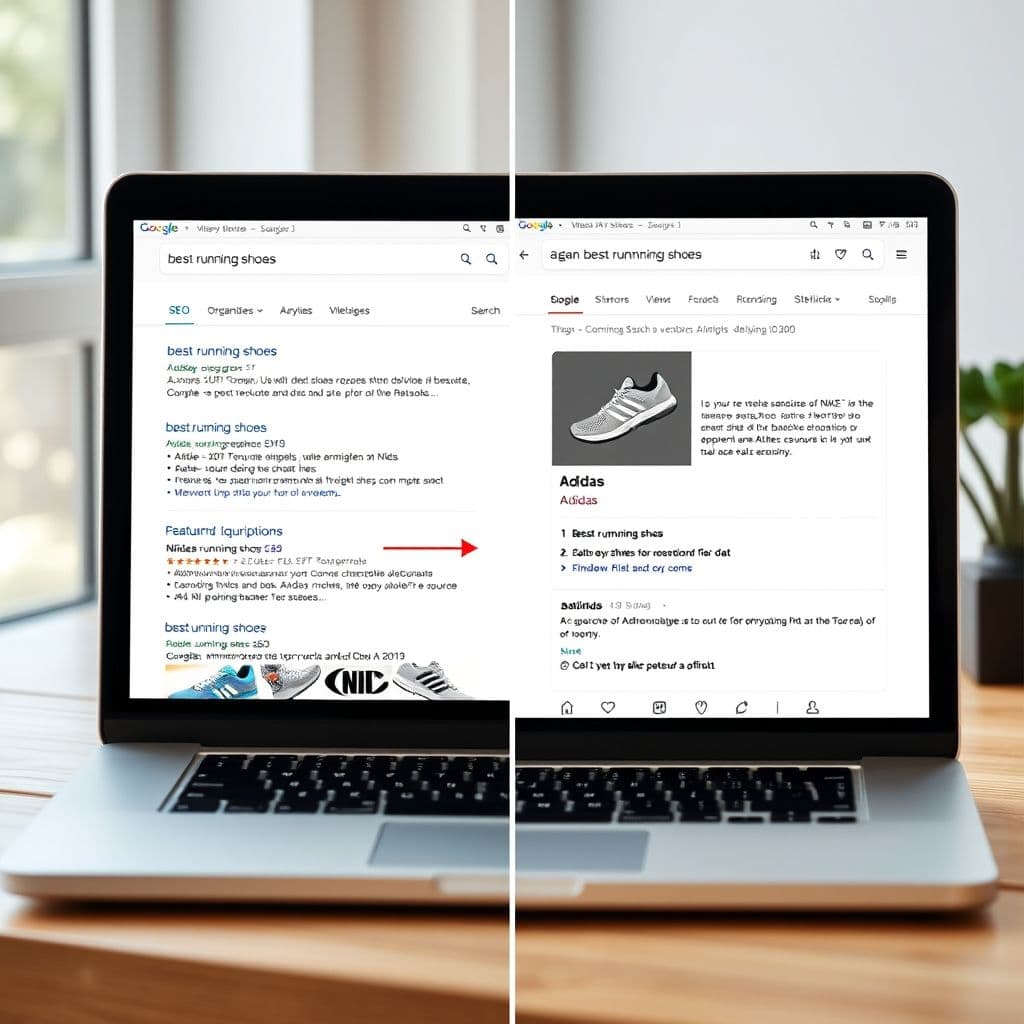Senior Web Strategy: A Step-by-Step Guide to Mastering Digital Success

In today's digital-first world, mastering Senior Web Strategy is crucial for driving online success. Whether you're a marketer, developer, or business owner, understanding how to align user experience, analytics, SEO, and conversion optimization can transform your digital presence. This guide breaks down the seven essential steps to becoming a Senior Web Strategy expert, complete with actionable insights and real-world examples. View original learning path
Step 1: Understand the Basics of Web Strategy
A solid web strategy starts with understanding its core components. **Web Strategy** is the blueprint for achieving your digital goals, encompassing everything from UX to content planning. **User Experience (UX)** ensures your website is intuitive and enjoyable, while **Information Architecture (IA)** organizes content logically. A strong **Content Strategy** aligns your messaging with audience needs. For example, Airbnb excels in UX by simplifying the booking process, while Dropbox uses clear IA to guide users effortlessly.

Step 2: Learn Web Analytics and Measurement
Data-driven decisions are the backbone of web strategy. **Web Analytics** tools like Google Analytics help track user behavior, while **KPIs** (Key Performance Indicators) measure success. **Conversion Rate Optimization (CRO)** focuses on turning visitors into customers, and **A/B Testing** compares different versions of a page to see which performs better. For instance, Amazon constantly tests layouts to boost conversions. Tip: Start with simple KPIs like bounce rate and gradually explore advanced metrics.
Step 3: Master SEO and SEM
Visibility is key. **SEO** (Search Engine Optimization) improves organic rankings through **Keyword Research** and **On-Page Optimization** (e.g., meta tags, headers). **SEM** (Search Engine Marketing) includes **PPC Advertising**, where you pay for ad placements. Moz’s blog is a great example of SEO excellence, while Shopify’s targeted ads demonstrate effective SEM. Pro tip: Use tools like Ahrefs for keyword analysis and Google Ads for SEM campaigns.

Step 4: Understand Social Media Strategy
Social media amplifies your web strategy. Choose platforms (e.g., LinkedIn for B2B, Instagram for visuals) and focus on **Content Creation** and **Community Management**. **Influencer Marketing** can expand reach—think of Glossier’s success leveraging beauty influencers. Best practice: Schedule posts using Buffer or Hootsuite and engage with followers daily.
Step 5: Develop Mobile Strategy
Mobile is non-negotiable. **Mobile Optimization** ensures fast loading, while **Responsive Design** adapts to any screen. Consider **Mobile App Development** if it aligns with your goals (e.g., Starbucks’ app drives loyalty). **Mobile Advertising**, like Facebook ads, targets users on the go. Case study: Pinterest’s mobile-first approach boosted engagement by 60%.
Step 6: Implement Conversion Optimization Techniques
Turn traffic into results. Map the **Conversion Funnel** to identify drop-offs. Optimize **Landing Pages** (clear headlines, minimal form fields) and **CTAs** (e.g., 'Get Started' vs. 'Learn More'). **User Testing** reveals pain points—Hotjar’s heatmaps are invaluable. Example: HubSpot increased conversions by simplifying their signup process.
Step 7: Stay Updated with Industry Trends
The digital landscape evolves rapidly. Follow **Industry Blogs** (e.g., Search Engine Journal), attend **Conferences** (like MozCon), and embrace **Continuous Learning** through courses (Coursera, Udemy). Networking on LinkedIn or Twitter can also uncover insights. Remember: Adaptability is the hallmark of a senior strategist.
Conclusion
Mastering Senior Web Strategy requires a blend of technical skills, creativity, and data literacy. By following these seven steps—from foundational UX to cutting-edge trends—you’ll build a robust strategy that drives measurable results. Ready to take your digital presence to the next level? Start by auditing your current web strategy and identifying one area to improve this week.
Frequently Asked Questions
- How long does it take to master Senior Web Strategy?
- It varies, but dedicating 3-6 months to focused learning and practice can build strong foundational skills. Mastery comes with ongoing experience and adaptation to new trends.
- What are common mistakes beginners make?
- Overlooking mobile optimization, neglecting analytics, or focusing solely on SEO without integrating SEM and social media. A holistic approach is key.
- Which tools are essential for web strategists?
- Google Analytics, Ahrefs (SEO), SEMrush, Hotjar (user behavior), and Hootsuite (social media) are great starting points.





